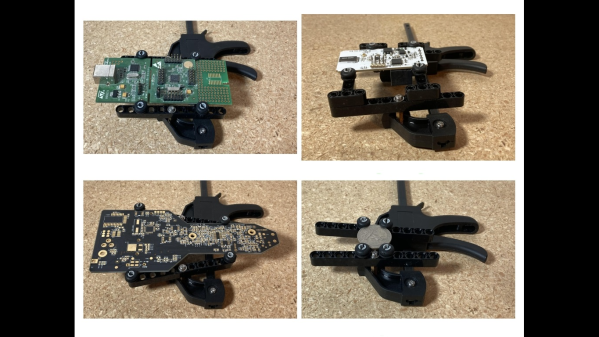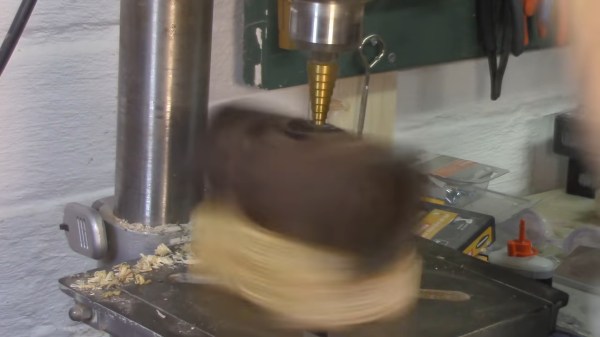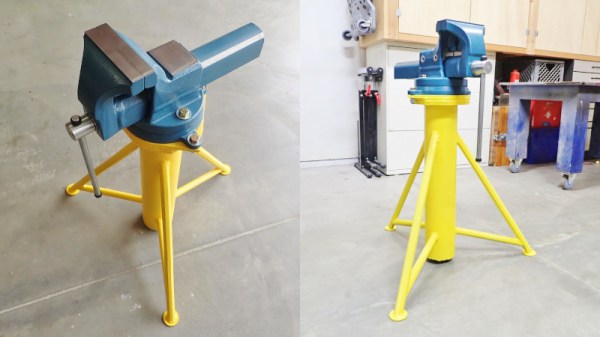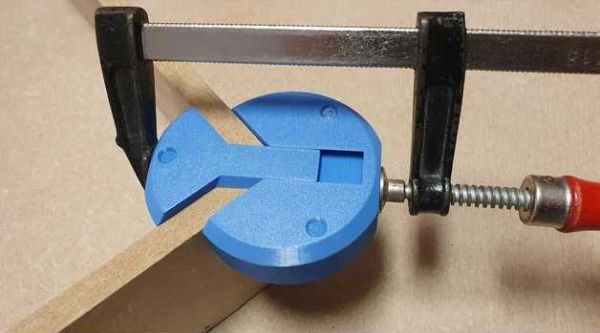[Chris Borge] was doing some fine tapping operations, and wanted a better way to position his workpieces. This was critical to avoid breaking taps or damaging parts. To this end, he whipped up a switchable magnetic vice to do the job.
The key to the build is that the magnetic field can be switched on and off mechanically. This is achieved by having two sets of six magnets each. When the poles of both sets of magnets are aligned, the magnetic field is effectively “on.” When the poles are moved to oppose each other, they effectively cancel each other out, turning the field “off.” [Chris] achieved this functionality with 12 bar magnets, 12 M12 nuts, and a pair of 3D-printed rings. Rotating the rings between two alignments serves to switch the set up on or off. The actual switching mechanism is handled with a cam and slider setup which allowed [Chris] to build a convenient vice with a nice large working area. He also took special effort to ensure the device wouldn’t pick up large amounts of ferrous swarf that would eventually clog the mechanism.
It’s a neat build, and one you can easily recreate yourself. [Chris] has supplied the files online for your printing pleasure. We’ve featured some other types of magnetic vise before, too. Video after the break.
Continue reading “Magnetic Vise Makes Positioning Your Workpiece Easier”

















